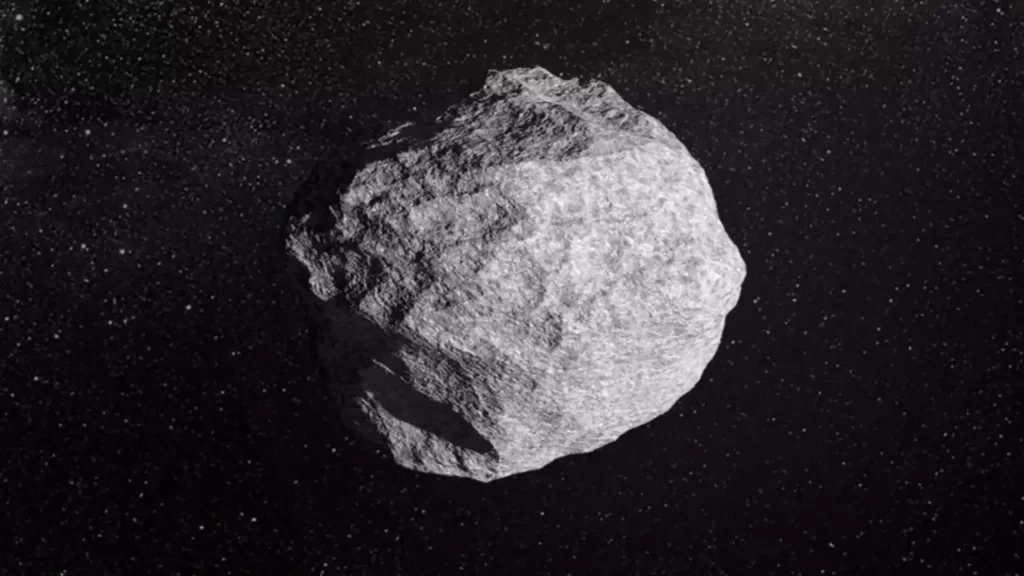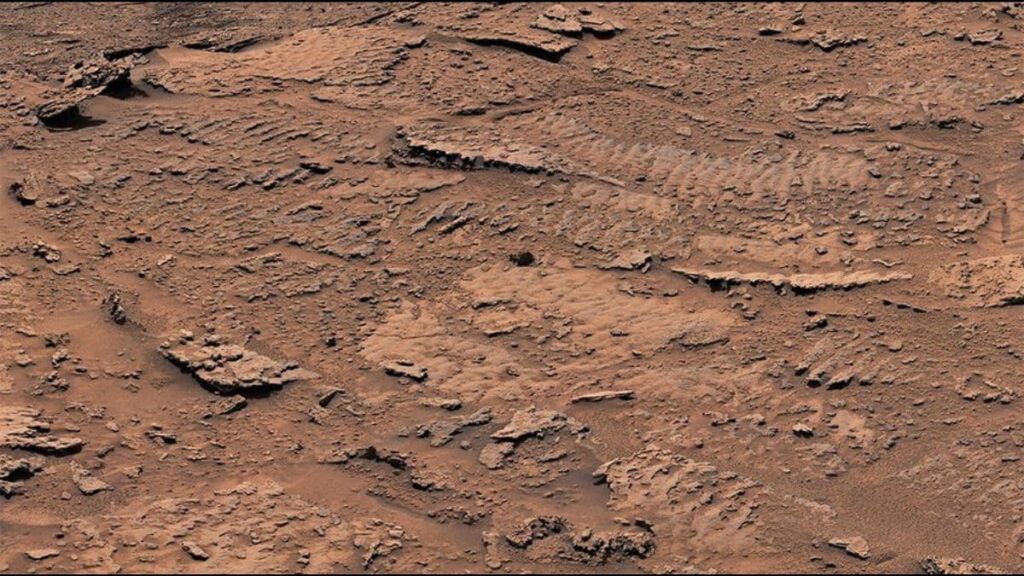Now Reading: Sunita Williams and Butch Wilmore Prepare for Gravity’s Challenge After 8 Months in Space
-
01
Sunita Williams and Butch Wilmore Prepare for Gravity’s Challenge After 8 Months in Space
Sunita Williams and Butch Wilmore Prepare for Gravity’s Challenge After 8 Months in Space

Return to Earth: A Major Milestone for NASA Astronauts
After spending over eight months aboard the International Space Station (ISS), Indian-origin NASA astronaut Sunita Williams and her colleague Butch Wilmore are preparing for their long-awaited return to Earth. The pair had been expected to return much earlier but were delayed due to technical issues with Boeing’s Starliner spacecraft. Now, with their return scheduled for March 19, 2025, they face an entirely new challenge: readjusting to gravity.
The Struggle of Readjusting to Earth’s Gravity
For astronauts like Williams and Wilmore, the effects of prolonged space travel on the human body are profound. Microgravity causes fluid redistribution, muscle atrophy, and reduced bone density, and readjusting to Earth’s gravity after months of weightlessness can be overwhelming. Even basic tasks like lifting a pencil will feel strenuous initially, as their bodies have to readapt to the pull of gravity.
Butch Wilmore has spoken openly about the challenges astronauts face upon returning to Earth. “Gravity is really tough, and that’s what we feel when we get back,” he explained. Sunita Williams also shared her anticipation of the challenge, acknowledging that her body will need to relearn how to function in Earth’s gravity after months of floating weightlessly.
How Microgravity Affects the Human Body
The long-term effects of microgravity on astronauts’ bodies are well-documented. These include:
- Fluid Redistribution: In space, bodily fluids shift toward the upper body, resulting in a “puffy face syndrome” and thinner limbs. Upon returning to Earth, these fluids move back to the lower body, causing swelling and discomfort.
- Muscle Atrophy and Bone Density Loss: With no gravity to resist, muscles weaken and bone density decreases. Astronauts can lose up to 1-2% of their bone mass per month in microgravity.
- Cardiovascular Changes: The heart adjusts to the reduced workload in space but has to work harder upon reentry to pump blood against gravity, often causing dizziness and weakness.
- Balance and Coordination Issues: The vestibular system, responsible for balance, adapts to microgravity. This can lead to disorientation and difficulty walking after returning to Earth.
New Strategies to Prevent Cartilage and Bone Damage
As future space missions, such as those to Mars or the Moon, increase in duration, preventing bone and joint damage becomes crucial. Recent studies suggest that jumping exercises may help prevent cartilage damage and maintain bone strength. Researchers at Johns Hopkins University and the European Space Agency found that mice who performed jumping exercises in space had thicker and healthier knee cartilage. This discovery could help astronauts avoid long-term joint damage during extended missions.
Rehabilitation Program to Help Williams and Wilmore Adjust
To help Sunita Williams and Butch Wilmore overcome the challenges of returning to Earth, NASA has developed an intensive rehabilitation program. This program will focus on several key areas:
- Physical Therapy: The astronauts will undergo weeks of supervised physical therapy to rebuild muscle strength and restore mobility, including resistance and balance exercises.
- Cardiovascular Conditioning: To help the heart adjust to Earth’s gravity, cardiovascular exercises such as cycling and treadmill workouts will be essential.
- Nutritional Support: Specialized diets, rich in calcium and vitamin D, will support bone recovery and help counteract the effects of bone loss.
- Neurological Readjustment: Training exercises will assist Williams and Wilmore in regaining their sense of balance and coordination, helping them adapt to movement on solid ground.
A Long Journey Back to Earth
While Sunita Williams and Butch Wilmore’s return to Earth marks the end of their remarkable journey in space, the real challenge begins as they face the effects of gravity after so many months in microgravity. The extensive rehabilitation program and support from NASA will help them transition back to normal life. Their journey highlights the extraordinary resilience required to adapt to the harsh realities of space travel.
As these astronauts prepare for reentry, we can only imagine the complexity of their mission and the challenges they face. What are your thoughts on their upcoming return to Earth? Share your comments below!























